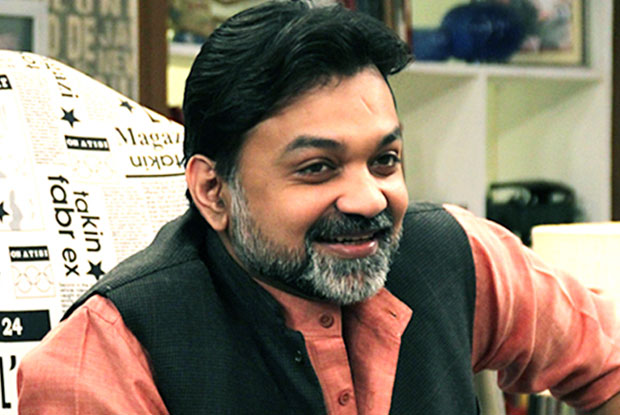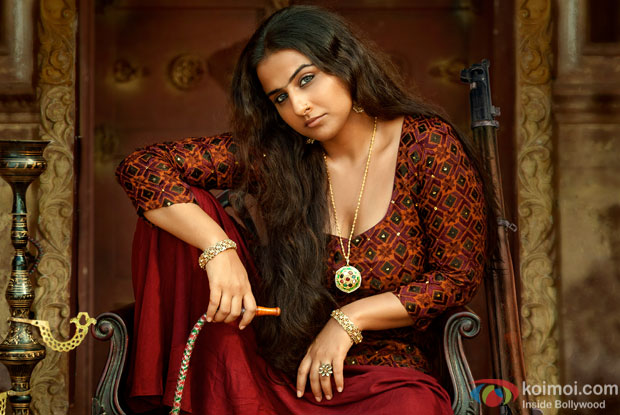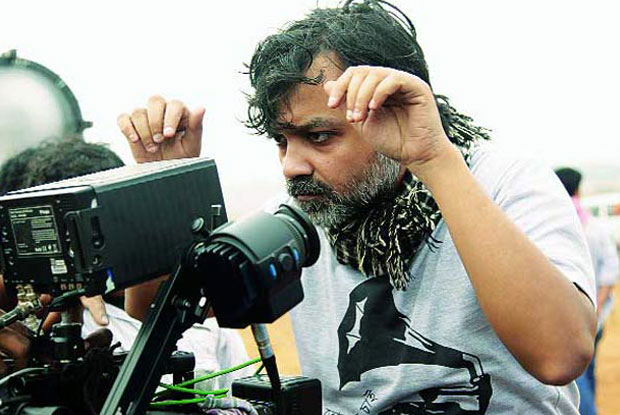The National Award-winning Bengali filmmaker is all set to make his debut in Hindi with Begum Jaan, an adaptation of his period drama Rajkahini. In an exclusive tell-all interview with Koimoi, Srijit Mukherji reveals how Begum Jaan happened, who was the first choice as the leading lady of Rajkahini, on comparisons between the two leading ladies Rituparna Sengupta & Vidya Balan and more…
Why Begum Jaan?
I would first like to answer how Begum Jaan. I was in Mumbai, trying to check the subtitles for Rajkahini. Bhatt Saab (Mahesh Bhatt) had earlier watched Jaatishwar and was aware of my work. While in Mumbai, we watched Rajkahini together. After watching the film, he was trembling and crying! He held me for a long 1.5-2 minutes. I understood that the film had deeply moved and influenced both Bhatt Saab and Mukeshji, (Mukesh Bhatt) who was also there. These two great filmmakers suggested that this is a story (Rajkahini) which should be told to a bigger milieu of the audience. First, we were discussing the possibilities of dubbing it in Hindi but then I felt that would not be a great idea. With dubbing, the film gets divorced from its spirit. That’s how Begum Jaan’s journey began.
Why Begum Jaan if you ask me, I’d like to say that it has powerful narratives, which deal with issues which people normally shy away from talking about. In an age of violence against women, domination of personal freedom and individual right, I feel this is a very important time to release this film.

Why did you cast Vidya Balan?
Coincidentally, I had approached Vidya (Balan) with the Bengali film Rajkahini. While contemplating on a lead actress for Begum Jaan, both of us (Mahesh Bhatt and I) suggested Vidya’s name! That’s how Vidya got on board. She watched Rajkahini and was moved by it. Then she agreed.
Vidya Balan was the first choice for Rajkahini. Why didn’t she play the role?
I think she was not in a perfect mental space for the role. Her mental space was occupied elsewhere and I felt she was not in the right frame of mind to do it. When I showed her the film, she understood my vision and the power of Begum Jaan. She has a lot of pent up anger inside her and an indomitable force, which I think makes her fit very well to the narrative.
Is Vidya Balan the only one among the cast who has watched Rajkahini?
There are a couple of others who have watched it. I asked most of them not to watch it because I didn’t want them to get influenced. It’s a different film and it should be made that way. There is no point trying to replicate the original. They added their own values, their own nuances to their characters, which makes Begum Jaan have a separate entity of its own. That’s why I actively discouraged them not to watch it.
Did you select the cast for Begum Jaan?
Yes. We collaborated with casting director Mukesh Chhabra, who did an exceptionally brilliant job because casting for this particular film was difficult. We needed genuine actors because it is an ensemble film. The first prerequisite of acting in an ensemble film is that you can’t be bothered more about yourself and your appearance than the rest of the cast. You need not only good actors but also spirited people, who will go beyond the insecurities and the self-centered-ness of an actor and look at the film as kind of a group mission.

Why didn’t you retain any actor from Rajkahini in its Hindi adaptation?
This is a different story, which does not have any Bengali character. The sociological and linguistic backgrounds of these 10-11 women are very important in building their characters. Also, there was a conscious effort to stay away from the original to do it afresh, to have hopefully no room for comparisons. The backdrop is different, the perspective is different, the focus is different, the performances, equations, characters all are different. There are new scenes and sequences in the Hindi version, which also has a contemporary twist which is not there in the Bengali version.
You are saying that you have tried to avoid comparison, but it has already started
That is something you can’t avoid in Bengal because of the simple reason that Bengalis love comparing! Our childhood is replete with who’s better Uttam Kumar or Soumitra Chatterjee, Mohd Rafi or Kishore Kumar, Lata Mangeshkar or Asha Bhonsle. It is either this or that! Bengalis have this predisposition of comparing which is something I obviously can’t avoid. I am guilty of it myself also as these childhoods that I just described, mine was spent in the same way! (Laughs) Similarly, I know not only for Vidya (Balan) and Ritu (Rituparna Sengupta) but for every character of Begum Jaan and Rajkahini, comparisons will happen. These comparisons are for the audience, but if these enter the minds of the people who are working in it, then it becomes biased. Since the Hindi adaptation is a fresh perspective, the treatment is different, the emotive content is different, only the plot is the same. All these make the film entirely different. But at the end of the day, it is an adaptation of one film, so obviously there will be comparisons. You can’t avoid that.
Rituparna Sengupta or Vidya Balan— who as a director do you think did a better job?
I am not saying this because I want to avoid controversies or anything, I genuinely feel, the two Begum Jaans that I have written in the two versions are different. In terms of their layering, softness quotient, ruthlessness, their approach to the two roles, their diction, body language they are different. In fact, there are additional equations and layers in the Hindi Begum Jaan, which is the result of the shift of perspective from a more generic macro perspective in Rajkahini to a more personality-driven, inter-personal relationships-driven focus in the Hindi. If I use a term from economics, they are Pareto-incomparable.
Which among your other films would you like to remake in Hindi?
A lot of them actually. Work is already underway for Hemlock Society and Chotushkone. The scripts are more or less ready. Actors are now reading it. I’d also like to look at Baishe Srabon and Jaatishwar.
Why not your latest release Zulfiqar? Don’t you think it has more masala?
Yes but see underworld films are done to death in Mumbai. Zulfiqar was unique in Bengal because there was no proper mafia film done before it. But here, films dealing with the underworld have been done routinely since time immemorial. I don’t think Zulfiqar has any uniqueness in the setting of Mumbai.

Most of your films have starred Bengali superstar Prosenjit. Will we get a chance to see him in your Hindi films as well?
If a character comes up, which requires the vast experience and incredible commitment of Bumba da (Prosenjit Chatterjee), you’ll see him soon!
Now you have worked both in Tollywood and Bollywood. What are the differences you have noticed?
It takes slightly more time over here (Mumbai) because there are processes which one needs to follow. Also, I think Tollywood (Kolkata) is more accessible. The directors, producers, stars, actors are more accessible. Here you have to go through a slightly long-winded process to get through to the actors and stars. In Kolkata, if I think of an interesting story, I can more or less start shooting within a month. It happens that easily.
Is that because this is your debut film in Bollywood, whereas in Kolkata you are a known face?
Not really. Experienced filmmakers in Bollywood also have to go through this long process over here. That time is much shorter in Kolkata.
You are releasing Begum Jaan on 14th April, which happens to be Bengali New Year. Was it a conscious decision?
We were supposed to release it on 17th March but it got delayed for various reasons. 14th April was an all India decision. I’d call it a beautiful coincidence because it is a new year for Bengalis and a new beginning for me.
Bharot Bhagyo Bidhata, which got an incredible response during Rajkahini, is it being retained in Begum Jaan?
Unlike the first stanza of the National Anthem, the four other stanzas are not written in Tatsam. Tatsam is a form of language where you can Sanskritize the Bengali lyrics and sing it, like we do for the first stanza. Since the other four paras are not written in Tatsam, you have to translate it in Hindi for using it in a Hindi film. But these stanzas have the tune of the national anthem. Now, you can’t legally put any other lyrics on the tune of a national anthem and sing it! But don’t worry, there will be a song, which is known throughout India, which we are using in Begum Jaan. Let that be a surprise!
What are your upcoming projects?
Kakababu (the second film in the franchise after Mishawr Rawhoshyo) is something which I’m working on next. Its shoot is long pending. Then there are 2-3 Hindi films which will happen in due course of time.



 Follow Us
Follow Us







